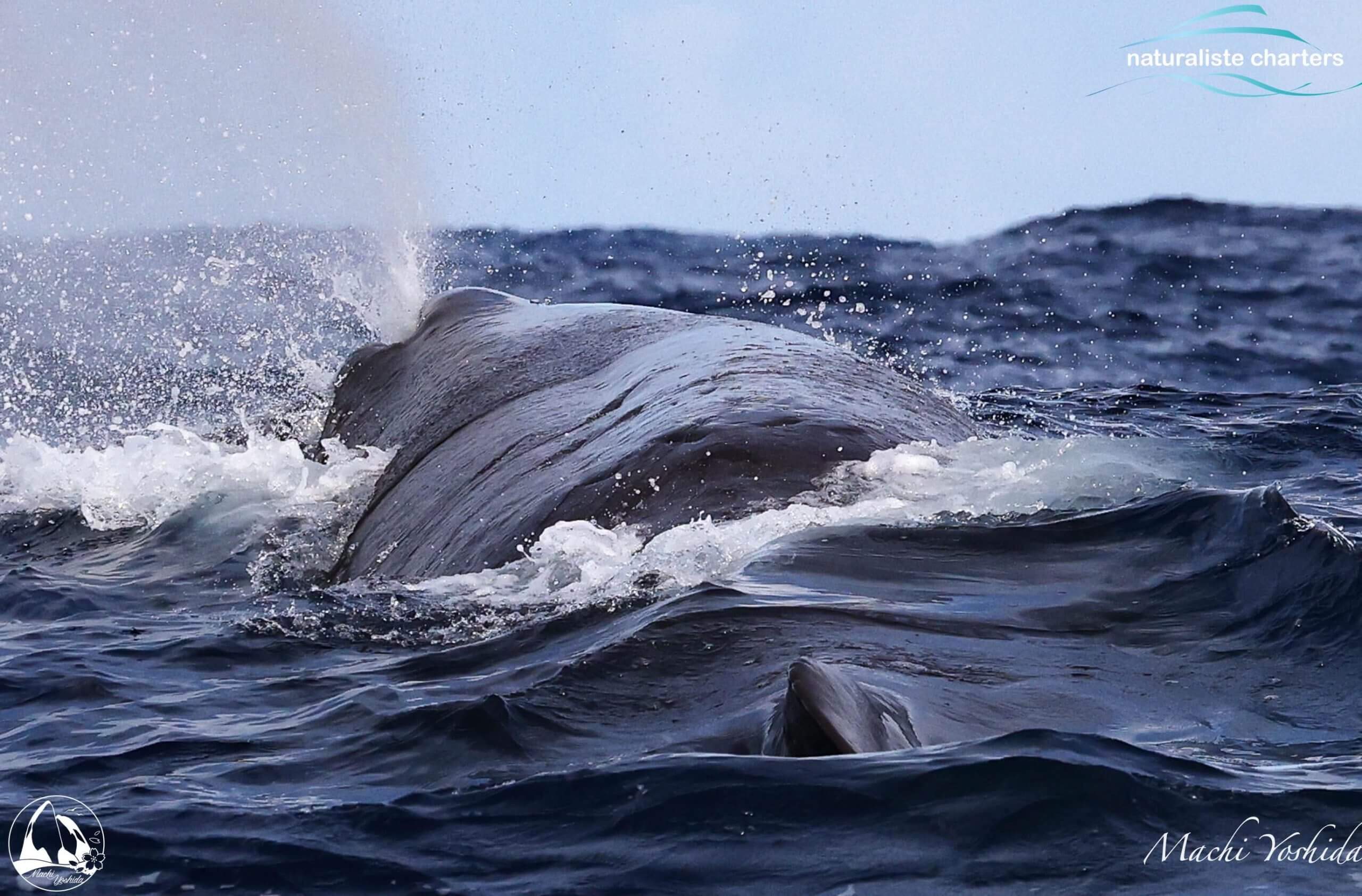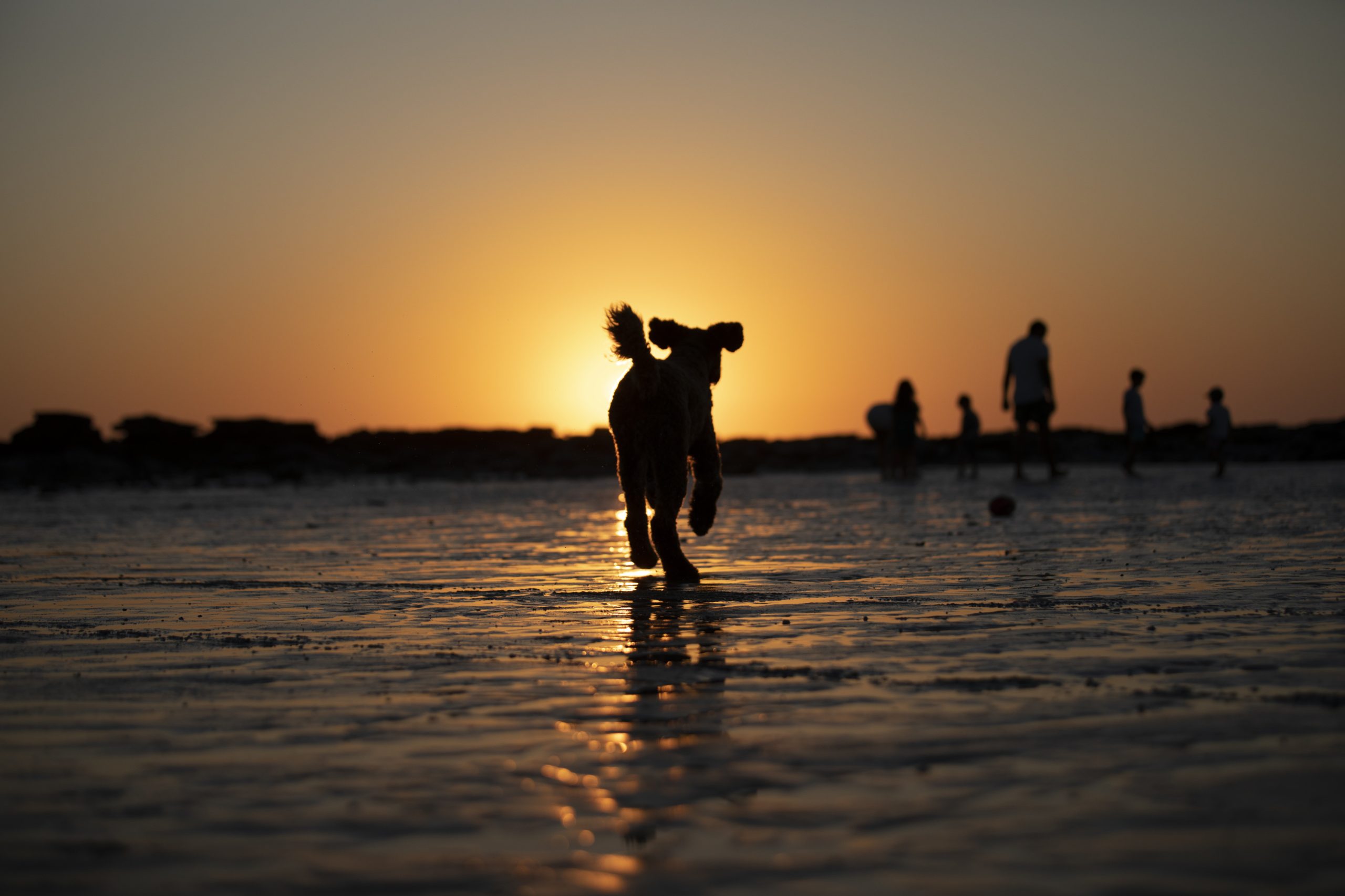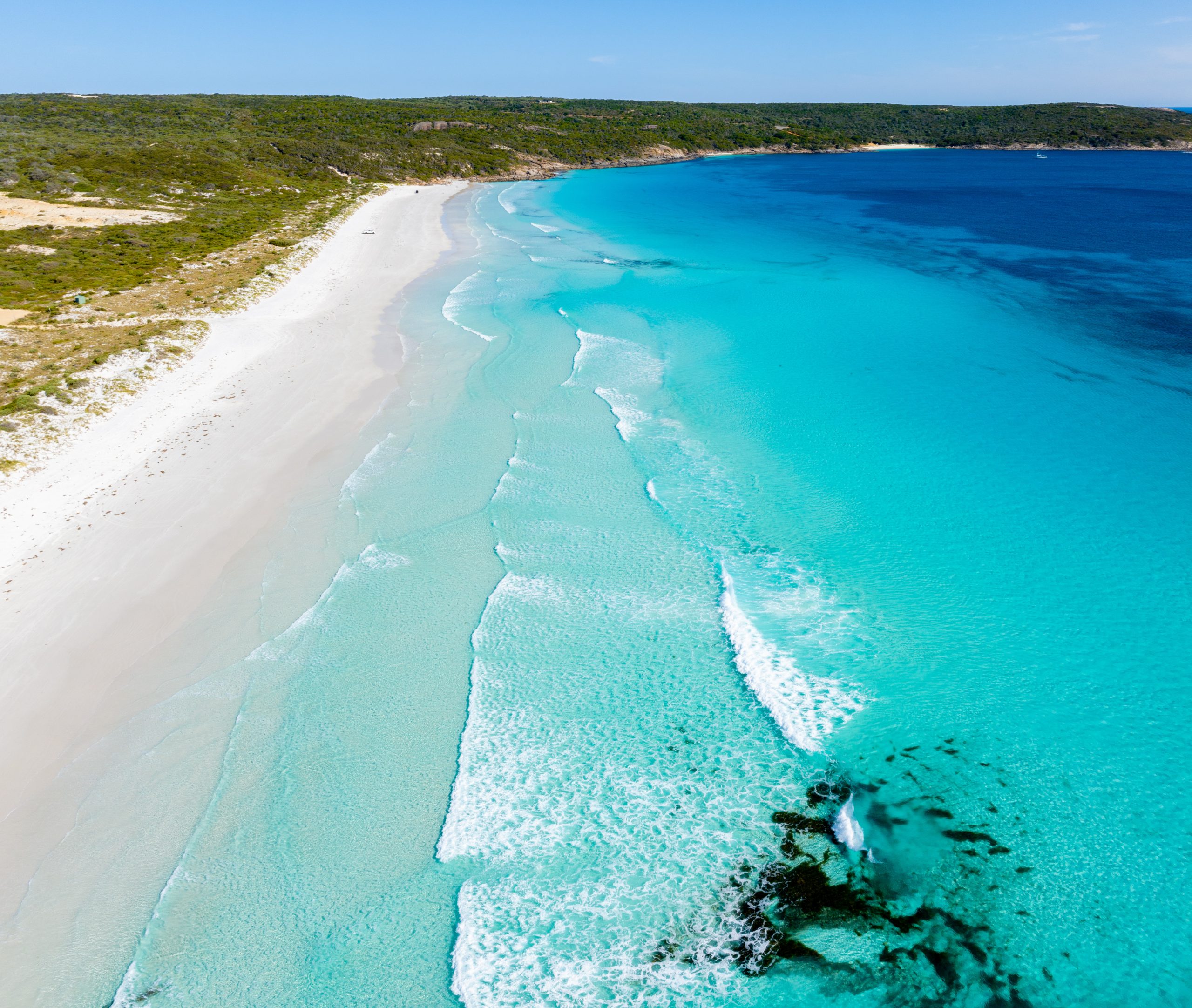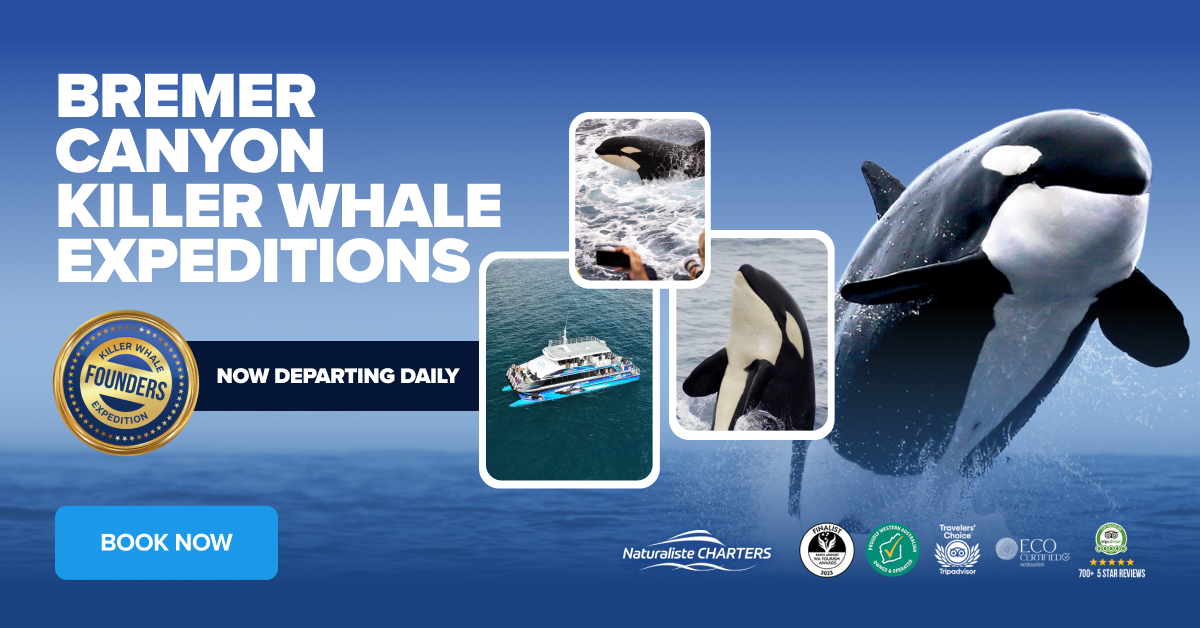Humpback Whale Tours – Augusta W.A.
Every year, the humpback whale migrate their way along the coastline of Western Australia on their journey across the seas. The renowned W.A. “Humpback Highway” sees the annual migration of around 35,000 gentle giants. This is the largest gathering of whales in the Southern Hemisphere! Intrigued? Then keep scrolling down to learn more humpback whale facts. Or better yet, to learn about these large whales in person. Simply book one of Naturaliste Charters’ famous Whale Watching Tours for a breath-taking adventure out to sea with one of our marine biologists.
Just How Big are Humpbacks?
A question we always get before embarking on one of our tours is “how big are humpback whales?”. And to this, we always reply “Oh, you know… just about the size of a bus”! But no matter how enthusiastically we try to describe the grandness that is the humpback whale. There is nothing quite like seeing these massive creatures up close.
To give you a rough idea of what to expect. Male humpback whales can range from about 12-16 metres in length, while females can get up to 18 metres long! In fact, when not-so-little humpback calves are born, they already weigh around 907 kilograms. This means they can quickly gain over 45 kilograms per day in their early days. They keep growing in size up till they are 10 years old. Also, did you know that they are born with their own “fingerprint”? While they don’t actually have fingers. Each humpback has its own unique pattern of shapes and colours on its tail flukes and each dorsal fin. These patterns allow us to learn more about their fascinating behaviours and migratory movements. This also gives you even more fun facts about humpback whales!.
Whale Migration to Augusta
Because these large whales swim a few thousand kilometres each year as part of their migratory journey. They have a thick layer of blubber to help them stay warm in the winter months and freezing temperatures. When we say “thick”, we mean up to 50 centimetres of fat! Full-grown humpback whales have long pectoral fins up to 5 metres long, with their tails averaging 5.5 metres wide. Their giant flippers can also grow up to 5 metres long. Which makes them the proud owners of the largest appendage in the world.
Where do humpback whales live?
Humpback whales live all over the world. Depending on the season and whether it is time for them to find food, mate, or breed. Of all the mammals on earth, humpback whales migrate the furthest. They average 5,000 kilometres each year travelling from one place to another. In fact, the furthest migration to date has been recorded as a 18,840-kilometre trip. Stretching from American Samoa to the northernmost part of the mainland of Antarctica.
When they are travelling south, humpback whales tend to swim in more shallow waters near the coast. The reason for this is it offers them some protection. From September to early December. The world’s largest population of about 20,000 humpback whales migrate along the coast of Geographe Bay. The town of Dunsborough is the location for our office and sits right beside Geographe Bay. The whales are unique in their genetic difference from every other humpback population and are a spectacular sight. Southern Right, Minke, and Blue Whales also visit this safe haven to rest. Using it as a nursery and playground for their young. So hurry, book yourself a tour ticket to see any humpback calves and their families on their travels!

Why does the Humpback Whale migrate?
While we know that female humpbacks birth a calf every two to three years during the migration. There is growing evidence that it is not the only reason they travel such a distance. Humpback whales will shed excess bacteria-laden skin from their bodies as the warm water softens it up. Breaching, slapping, and even rubbing on hard surfaces such as the seafloor, boats, and rocks will help remove the excess skin. This will go on for the whole six months of migration. This skin then provides essential nutrients to the coastal fish and bird ecosystems here in WA. All whilst continuing to swim with determination, past the southwest to warmer nursing grounds in the northwest. How incredible is it that their instinctive behaviour is to travel?
How long do Humpbacks live?
While most humpbacks live around 50 years, the longest living humpback whale ever recorded was around 90 years old. This was discovered through testing the whale’s ear wax. Yes, you read that right – ear wax! This method of genetically testing for age is still fairly new. But as technology advances, we might get more accurate information about the lifespan of these grand ocean mammals.
How did the Humpback Whale get its name?
“Humpback” is the common name for the scientific name, Megaptera novaeangliae. This translates from Latin to “big-winged”, named after the whales’ long pectoral fins. They are the only whales whose fins can reach up to 5 metres long each! Their massive fins not only provide ease of movement in the water. But also assist in breaching where they launch straight out of the sea!
What does a Humpback Whale eat?
Humpbacks are large baleen whale (Mysticete), which means they have hundreds of baleen plates in their mouth. These plates help them filter the food that they consume. First, they take a big gulp of seawater full of small prey. Then, they use their tongue to push the water out through the sieve-like hairs of baleen and swallow their prey. Their food usually consists of plankton, krill, baitfish, and other small fish.
You may have seen a few recent videos surfacing online of people getting swallowed up by humpbacks, during feeding! But much like what happens in cartoons! But the human and their kayak would quickly be spat out! This is because they cannot be swallowed down a throat no wider than an AFL football. So don’t worry – we won’t let you get swallowed whole! All our guests travel the oceans safely in our sturdy 23 metre catamaran. In the expert hands of Naturaliste Charters skipper. But boy, would that make for a thrilling campfire story.
Are Humpback Whales dangerous?
Reading all these facts about humpback whales and how big they are can send a chill down anyone’s spine. But not to worry, these large whales are not typically aggressive. Rather, they are like most animals: dangerous if provoked but gentle and peaceful otherwise. While they will defend themselves if threatened, they are not known to actively attack.
Their courtship behaviour is the closest they will come to active aggression as they push and shove each other for a mate. Even then, this is not life-threatening behaviour. In fact, these empathetic sea mammals have been known to protect other whales of a similar or different species. There are also stories of them protecting different creatures as well!

Why do Humpback Whales “sing”?
Whale songs seem almost nostalgic in the way their melodies linger, long after the show has ended. Some of these long, pulsing howls and cries can be heard from 185 kilometres away. While all whales can vocalise, only the male whales sing. Scientists believe male whale songs are mating calls and sung to attract a partner. One of the coolest facts about humpback whales is actually relevant to humans. We can’t hear the lowest frequencies emitted in whale songs, so we only hear part of the whole melody.
How does a Humpback Whale defend itself?
From many years of close observation. The main recurring actions of a humpback trying to defend itself are tail slapping or lobbing. Tail slapping is where the whale is stationary, raises its tailstock and flukes out of the water. Then forces the tail down back onto the water – much like a slap. This makes a resonating thump above the water’s surface and emits plenty of vibration below. Tail lobbing, on the other hand, is where the humpback is also stationary in the water column. It opens its pectoral flippers wide, arches its back, and throws the tail skyward or on a diagonal. Predators (and you!) don’t want to be too close when it makes that big a splash!
More facts about Humpback Whales’ Anatomy
Humpback whales may appear to be the opposite of aerodynamic. With their long, dense flippers and lumpy tubercle-laden skin. But we’ll have you know that these features are actually what helps them glide through the water! A tubercle is one of the orange-sized bumps on the whale’s rostrum (head and snout area) and their pectoral flippers. Each tubercle contains a single hair with highly sensitive receptors or nerve endings! The amount of tubercles and spacing between each one creates a slipstream that helps their massive bodies glide with ease! Built at such an incredible scale. These large whales are designed to travel an 11,000km migration each year!
Learn about Humpback Whales with a Marine Biologist
If you are looking for things to do in Margaret River. Why not hop on one of our luxury vessels and have an adventure out to sea? Whale watching tours leave from Augusta from the months of May until August each year. While there will be many other kinds of marine life to see on your journey. There is nothing quite as breathtaking as seeing a mother humpback whale and her calf swimming side by side. Our Augusta whale watching tours are led by marine biologists who provide educational commentary in real-time. So you can be sure you are getting the most accurate, authentic information about ocean life. So go ahead, get excited as you secure your spot on an incredible journey out to sea.





